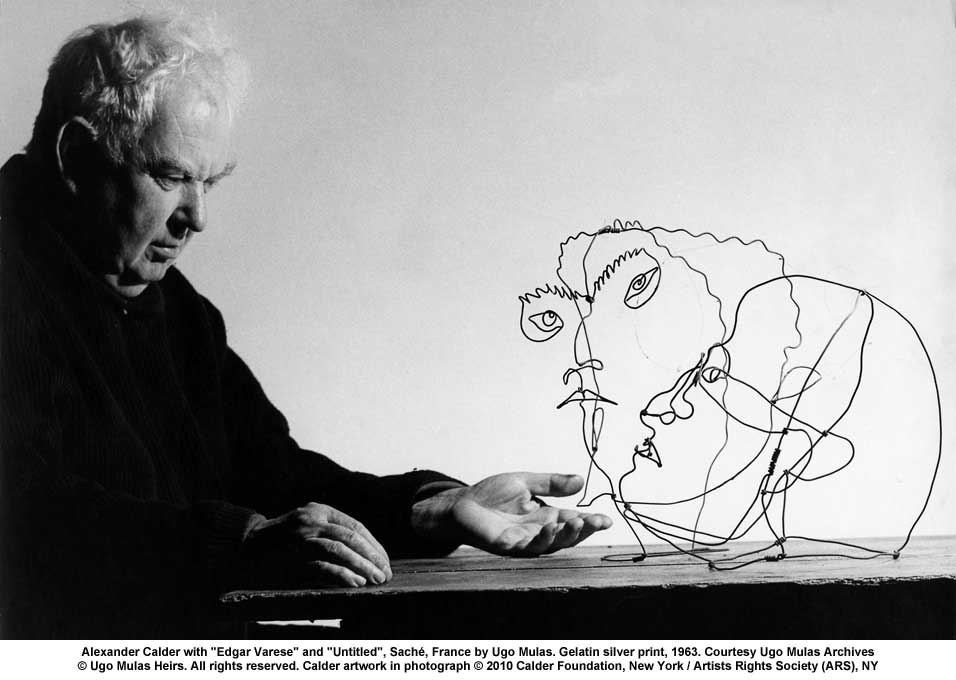3D Sculpture Workshop
Day One: For the first part of the day we were given a tour of the workshop that stressed the importance of using the machinery safely and properly. We were then given our first brief of choosing a piece of material and making a series of maquettes that enclosed a space. We weren't allowed to use glue or wire to join the pieces of material together and so we had to think of other ways, using the machines, to uphold our sculptures.
I chose wood to begin with and my initial idea was to cut a piece in half like two jigsaw pieces and then slot them back together to hold up the structure. This did work but it did fall back down quite easily and although it enclosed a space, like a tent, I didn't think it was very visually stimulating.
For my second maquette I decided to try something different so I created something that resembled an arch. It enclosed a space but looked a lot more abstract and more interesting.
I then wanted to incorporate acrylic into my sculpture so I cut some small rectangles on the band saw and also used it to cut slats into a wooden block so I could insert the acrylic. This sculpture was more about experimentation with materials rather than the enclosed space. I wanted to use the two opposing materials together to combine natural and man-made.
I wanted to use acrylic to create a sculpture with an enclosed space. At this point in the day we had also been given a list of words to help us create our sculptures. These words were; confine, order, distress, oppose, displace, constrict, reveal, confront and expand. I wanted to make a sculpture that related to these three words; confine, constrict and enclose. I made the main body of the sculpture using acrylic that I had cut slats into and then enclosed into it a wooden circle.
It occured to me as well that this sculpture can also relate to the word 'reveal' as the transparent acrylic means it reveals the wooden circle to the viewer at all angles, whereas an opaque acrylic would mean you could only view the circle from above. If I was to create this sculpture again I would spend more time focusing on accuracy so the box would be fit together better and be perfectly straight.
I then decided to make some wooden squares with slats in to create a box out of two opposing materials. The natural material contrasting with the man-made material relates to the word 'oppose'.
My final sculpture of the day was an experimentation in the metal workshop. I found this a lot more exciting than the wood workshop as I felt there were a lot more possibilities due to the various types of metal and the different machinery I could use to manipulate it.
 |
| My sculptures from Day One |
Day Two's brief was to create multiple maquettes that represented a 'journey'.
journey: n. to travel from one place to another.
Synonyms: course, exploration, adventure, progress, growth, travel, venture.
We had to consider the various types of journey: emotional journey (life), physical journey (travel) or a metaphorical journey. We also had to think about whether the journey was linear or it took more of a jagged path as well as whether it was horizontal or vertical and what this said about the type of journey it was.
My first journey was created out of sheet metal and copper coated steel rods that I joined together on the spot welder. This journey can be seen as emotional and physical due to it's roller coaster like appearance. It can relate to the ups and downs in life or the physicality of a ride in a theme park. It's predominantly horizontal but does have a slight incline which can be viewed as downwards or upwards depending how the viewer sees it.
This maquette was adapted from one from the previous day. It's a vertical journey and this can be taken from the green acrylic 'steps' going upwards or the aluminum wire that is shapes like plant vines that are 'growing' upwards around the wooden block. This is a journey that could continue to get 'grow' bigger as the wire at the top looks like it could continue to grow upwards. This is more of a physical journey than an emotional journey as it's about physical growth, but it could also be read as metaphorical 'growth' of character.
This maquette is a liner, vertical journey going upwards. It's representative of a ladder which can be a physical journey of climbing or an emotional journey of success.
My final maquette was intended to be a free standing plant-like growth journey, however it didn't really turn out like this. Ironically this is my favourite maquette from the workshop even though it didn't turn out as I intended. I think not putting a lot of thought into making this made it more visually stimulating even though it doesn't have a specific journey behind it like the others do.
Giant Group Sculpture
Our final task was to create a giant group sculpture (which I didn't get a chance to take a picture of) that represented a journey from two points in the room. We had to consider space, balance and structure to make our sculpture work. We decided to make a physical sculpture, one that the viewer had to actually experience. We created a non-linear pathway from point A to B that contained obstructions so the viewer had to follow our path, It was made predominantly from wooden planks but also included large acrylic sheets, metal sheets, wire and string. We thought about the appearance of our obstructions and what they connotated, for example one obstruction was a web of string like a spiders web. This way the sculpture was both physically and visually stimulating.




















































